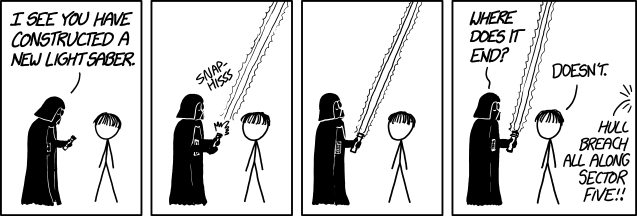My reliable fallback answer is "Raspberry Pi."
This one in a yellow case was mine until I mailed it off to our oldest child (a computer science major) who had a need to do some low level work on an ARM processor. Do NOT worry if none of that sentence made sense. :-D
A complete - except for monitor and keyboard/mouse - setup will run between $35 (for a Pi Zero W) and about twice that for a Pi 3B+.
Microcenter usually has the base zero Ws (no accessories) on sale for $5 and there's a limit of one per customer.
They are available from Amazon,
Adafruit: https://www.adafruit.com/category/175
Microcenter - there's one near the Cincinnati Ikea - http://www.microcenter.com/search/search_results.aspx?Ntk=all&sortby=match&N=4294910344+4294819333+4294818915
And probably Fry's. I think I've seen them at Target and Barnes and Noble in the past, but that's been quite a while.
Anyway ...
There is a ton of information at the Raspberry Pi foundation's own site: https://www.raspberrypi.org/ but here's a little overview anyway:
The 3B+ has 4 USB ports, a full size HDMI connector, 4 cores and twice the memory.
The Zero costs less and is tiny - a little bigger than a pack of chewing gum.
They both have wifi and bluetooth.
Size wise, the Pi is something like 85x23 mm, or about 3.3 x 2.2 inches if exercising your birthright to imperial measurements is a thing you're into
Oh the perils of mixing measurement systems
https://imgs.xkcd.com/comics/lightsaber.png
Anyway, the Pi was created because the boffins at some really impressive university in the UK discovered that school aged children didn't have the experience with both hardware and software that earlier students did, and in turn that made filling their computer science classes harder than it should be. Rather than moaning about it, they created the Raspberry Pi foundation and designed their own.
They're mostly made in Wales, home to some truly astonishing town names. The video is an hour long, so you might not want to click the link:
The software packages included in the base OS change a little from time to time, so I won't go too much into that here, but they usually include some Java and Python development tools plus something like Scratch and they have included a lightweight version of Wolfram Mathematica as well.
I have no connection to any of the links provided here, and can't make an official endorsement, but I've bought and given away several and have 2 or 3 hanging around now that I use for playing around with different OS's, ways of programming microcontrollers using the IO pins, that sort of thing. I'm thinking about seeing how Jenkins works on one for my next experiment.
It isn't perfect by any means, but despite - or because of - its incongruous nature the whole package works a lot better than you'd think. And like these guys from Finland, I'm actually a little thunderstruck.



No comments:
Post a Comment